Natural Elements in Valentine’s Design: Minimalist Displays
There’s something magical about bringing nature indoors, especially when creating romantic Valentine’s Day displays. I’ve always believed that the most touching expressions of love don’t need to be elaborate or expensive. In fact, some of the most beautiful Valentine’s decorations I’ve created have been inspired by simple walks through nature, gathering fallen branches, interesting stones, and dried flowers along the way.

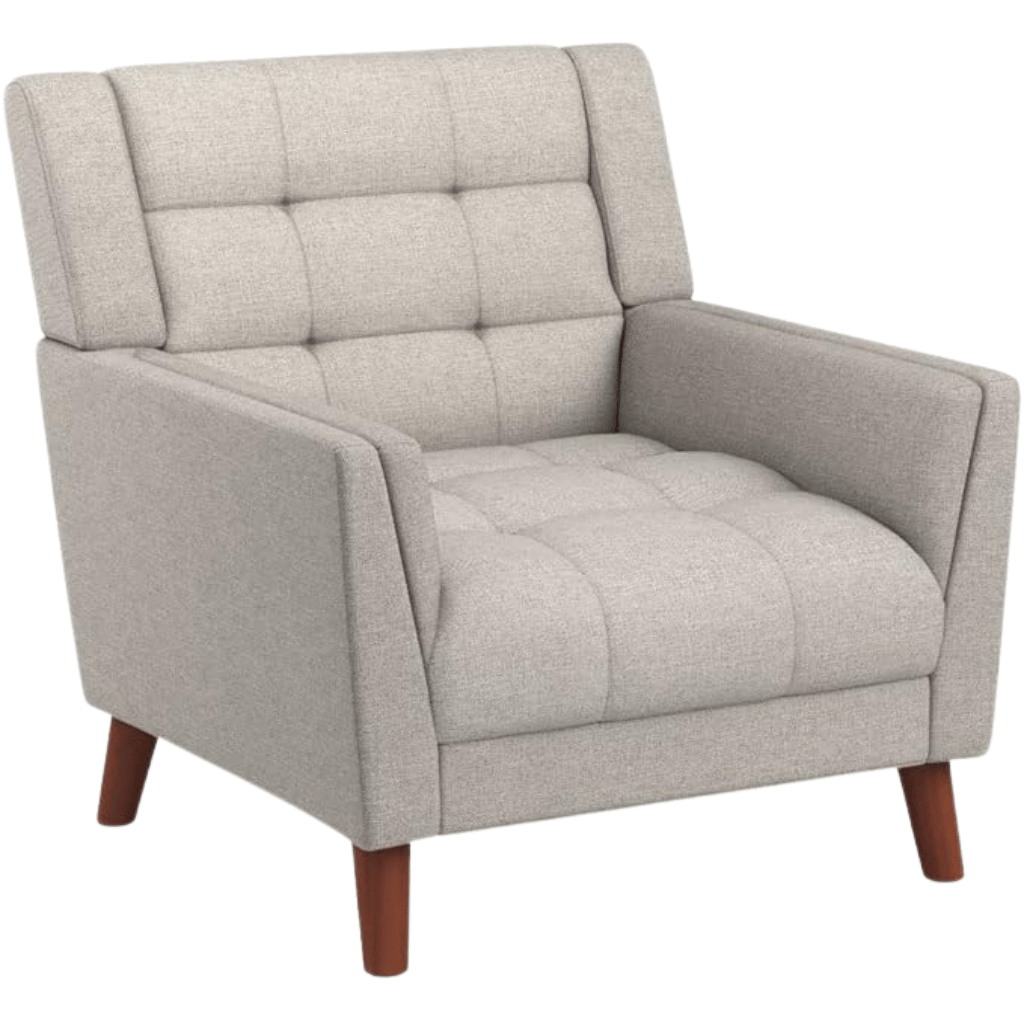


Finding Beauty in Simplicity
When I first started exploring minimalist Valentine’s designs, I was amazed by how a single dried rose or a carefully placed river stone could speak volumes. The natural world offers us an incredible palette to work with, and the best part is that these elements are often free and readily available. I’ve found that this approach not only creates stunning displays but also brings a sense of groundedness to our celebrations.

The Power of Natural Materials
Let me share why I believe natural elements make perfect Valentine’s decorations:
- They bring organic texture and depth to any space
- They’re sustainable and eco-friendly
- Each piece tells its own unique story
- They create a sense of connection to the natural world
- They offer endless possibilities for creativity

Gathering Your Materials
I remember my first time intentionally collecting materials for a Valentine’s display. It was a crisp winter morning, and I set out with a basket and some gardening scissors. Here’s what I’ve learned to look for:
Stones and Pebbles
The key to selecting stones is variety in both color and texture. I look for:
- Smooth river rocks in various sizes
- Stones with interesting patterns or veining
- Flat stones perfect for stacking
- Pebbles in complementary colors
Pro tip: I always wash my stones in warm, soapy water and let them dry completely before using them in displays. This brings out their natural colors and ensures they’re clean for indoor use.

Branches and Twigs
When collecting branches, I focus on:
- Interesting shapes and curves
- Various thicknesses for depth
- Branches with unique bark textures
- Both dark and light colored woods
Remember to look for branches that are already fallen – never break them from living trees. I’ve found that dead branches often have the most character and are easier to work with.
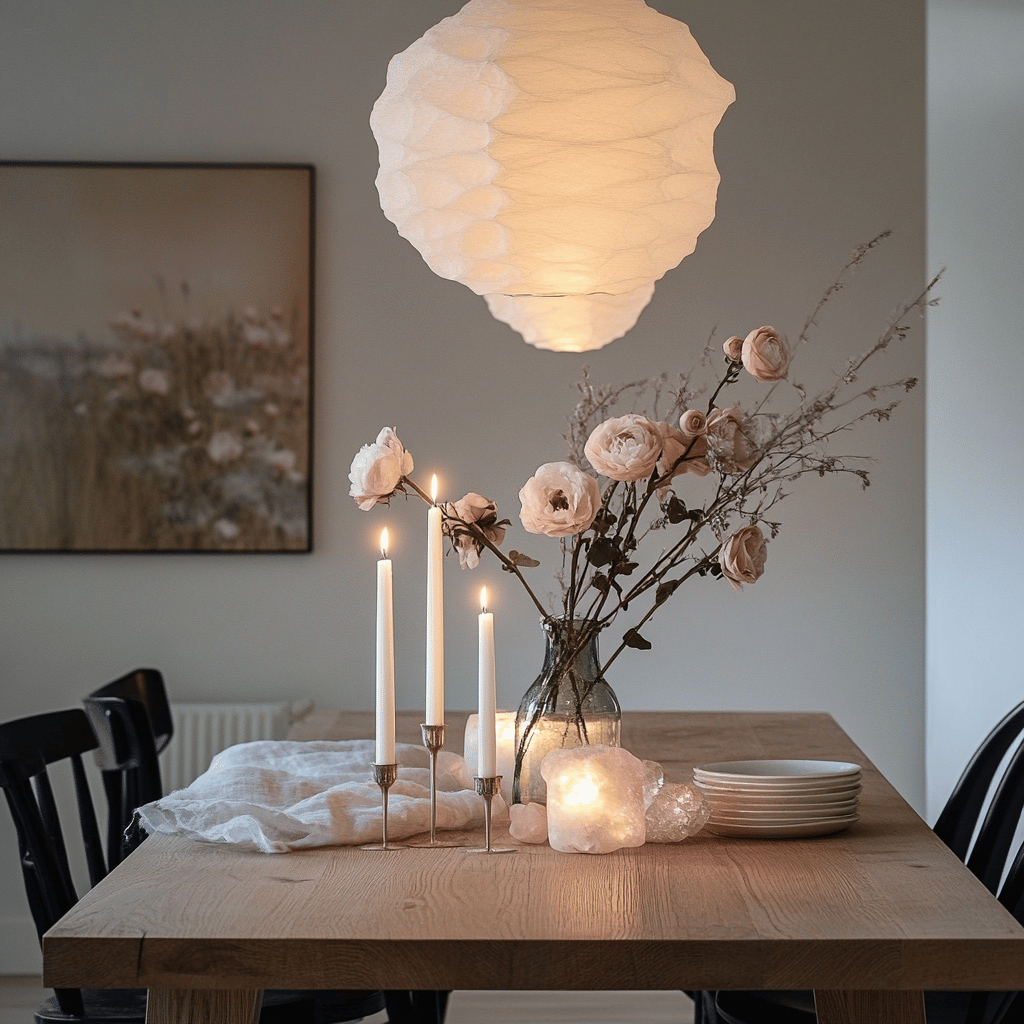
Dried Flowers and Foliage
For dried flowers, I recommend:
- Roses (traditional but timeless)
- Baby’s breath (adds delicate texture)
- Lavender sprigs (for subtle color)
- Eucalyptus (for silvery-green tones)
- Ferns (for intricate patterns)

Creating Your Display
After years of experimenting, I’ve developed some foolproof approaches to arranging these elements. The key is to start with a clear vision but remain flexible enough to let the materials guide you.
Foundation First
I always begin with a clean, simple surface – usually a white or natural wood table, shelf, or windowsill. This creates the perfect canvas for your natural elements to shine. Sometimes, I’ll add a simple linen runner or a piece of untreated wood as a base.
Layer with Intention
Here’s my step-by-step process:
- Start with larger stones as anchor points
- Add branches for height and movement
- Layer in smaller stones and pebbles
- Incorporate dried flowers strategically
- Fine-tune with tiny elements like small petals or delicate twigs
Playing with Height and Space
One of my favorite techniques is creating varying heights within the display. I might:
- Stack stones in a cairn-like formation
- Position branches at different angles
- Allow dried flowers to drape naturally
- Create negative space between elements
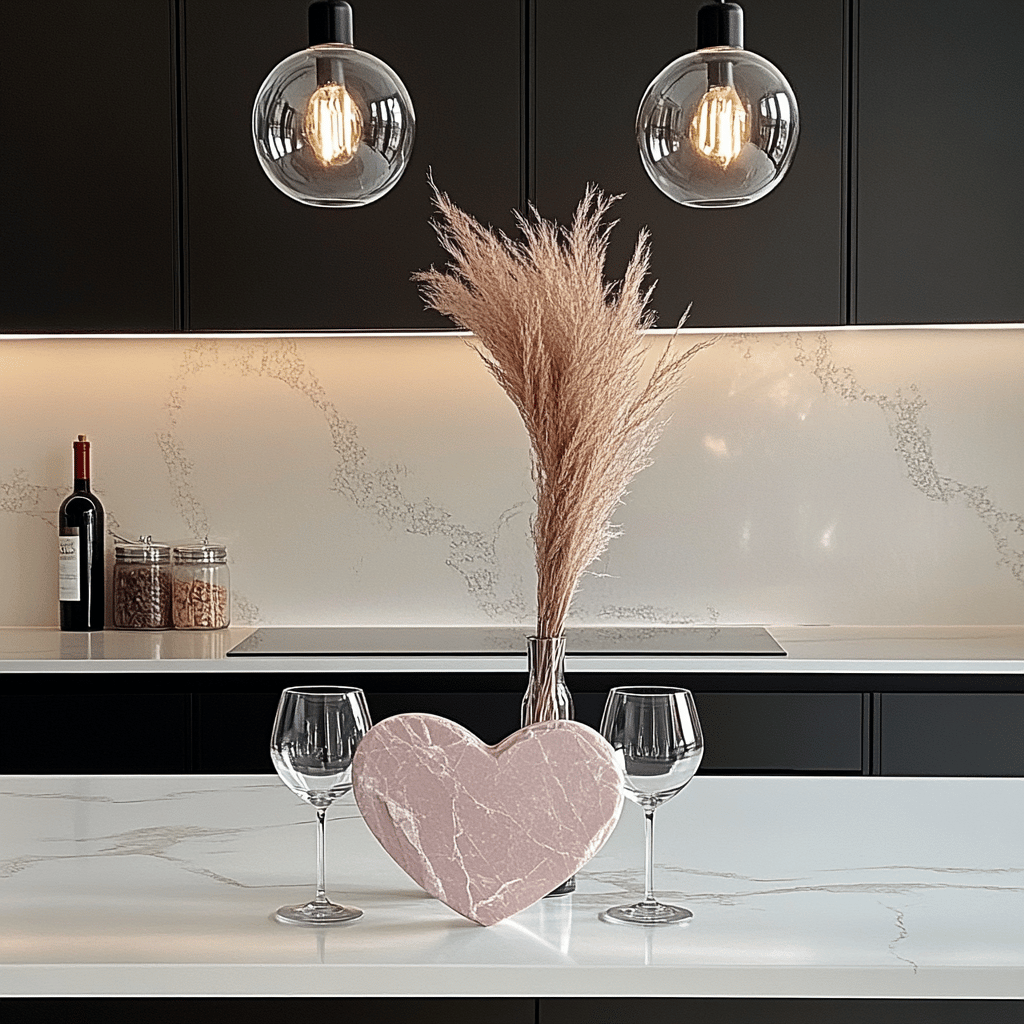
Color Palettes and Harmony
When working with natural elements, I’ve found that color cohesion happens almost naturally. Nature’s palette tends to work harmoniously together, but here are some combinations I particularly love:
- Silvery branches with pale pink dried roses
- Dark stones with white baby’s breath
- Golden dried grasses with deep burgundy flowers
- Grey river rocks with lavender sprigs

Maintaining Your Display
One of the best things about using natural elements is their longevity. Unlike fresh flowers, these displays can last for months or even years with proper care. Here’s how I maintain mine:
- Dust regularly with a soft brush
- Keep away from direct sunlight to prevent fading
- Store dried flowers in a cool, dry place when not in use
- Rotate elements seasonally to keep displays fresh
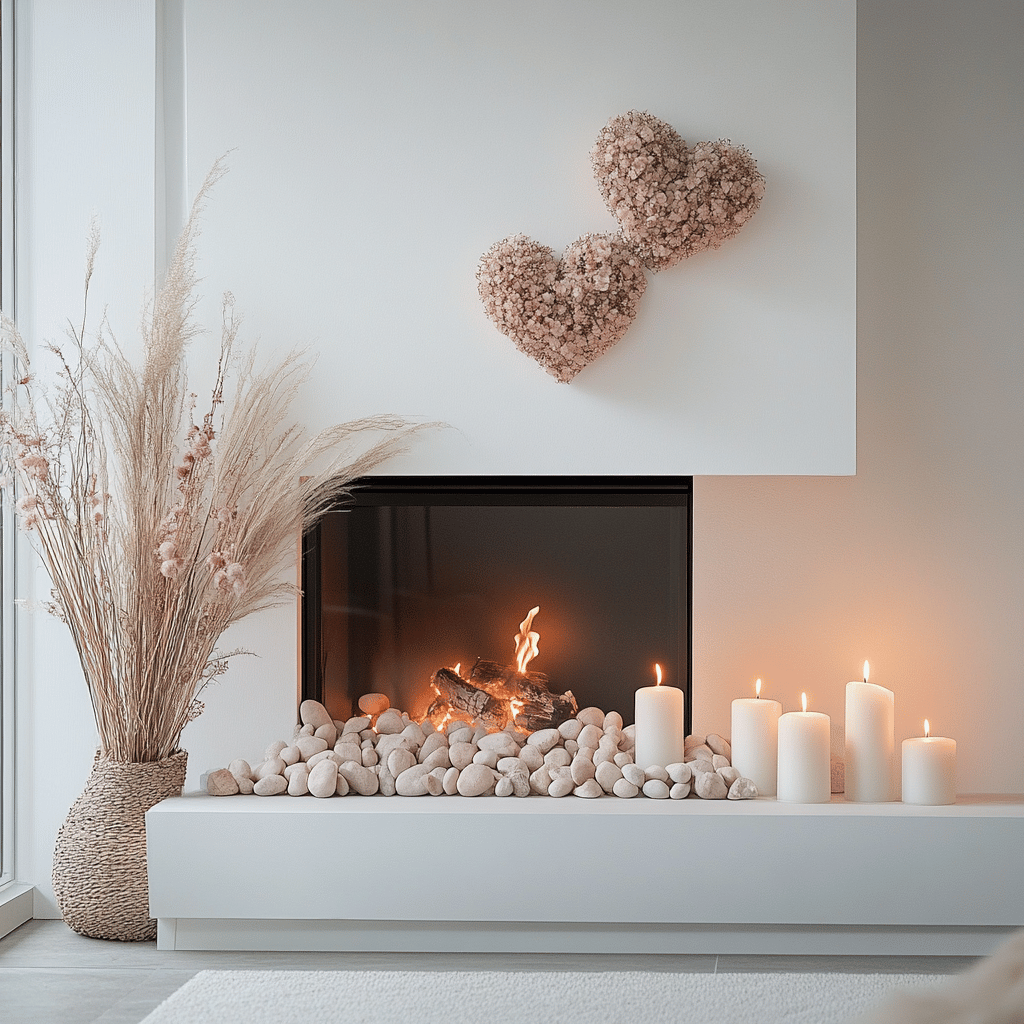
Common Mistakes to Avoid
Through trial and error, I’ve learned what not to do:
- Overcrowding the space (less is more)
- Using unstable arrangements that might topple
- Mixing too many different types of materials
- Forgetting about proper preservation techniques
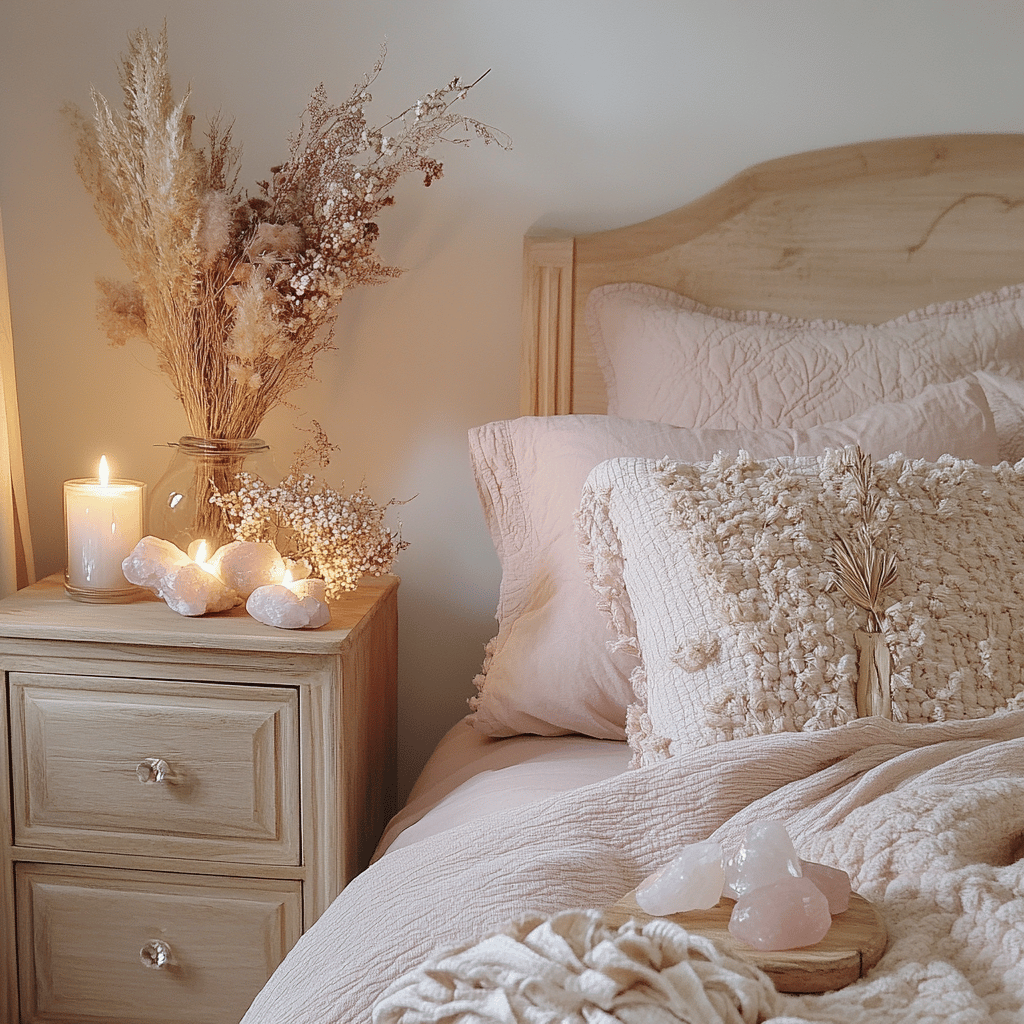
Adding Personal Touches
While maintaining minimalism, I love to incorporate small personal elements:
- A meaningful stone from a special place
- Branches from a favorite hiking spot
- Dried flowers from a memorable occasion
Beyond Valentine’s Day
What I love most about these displays is their versatility. With minor adjustments, they can work year-round:
- Spring: Add fresh elements like moss
- Summer: Incorporate more dried flowers
- Fall: Include autumn leaves and berries
- Winter: Focus on branches and stones
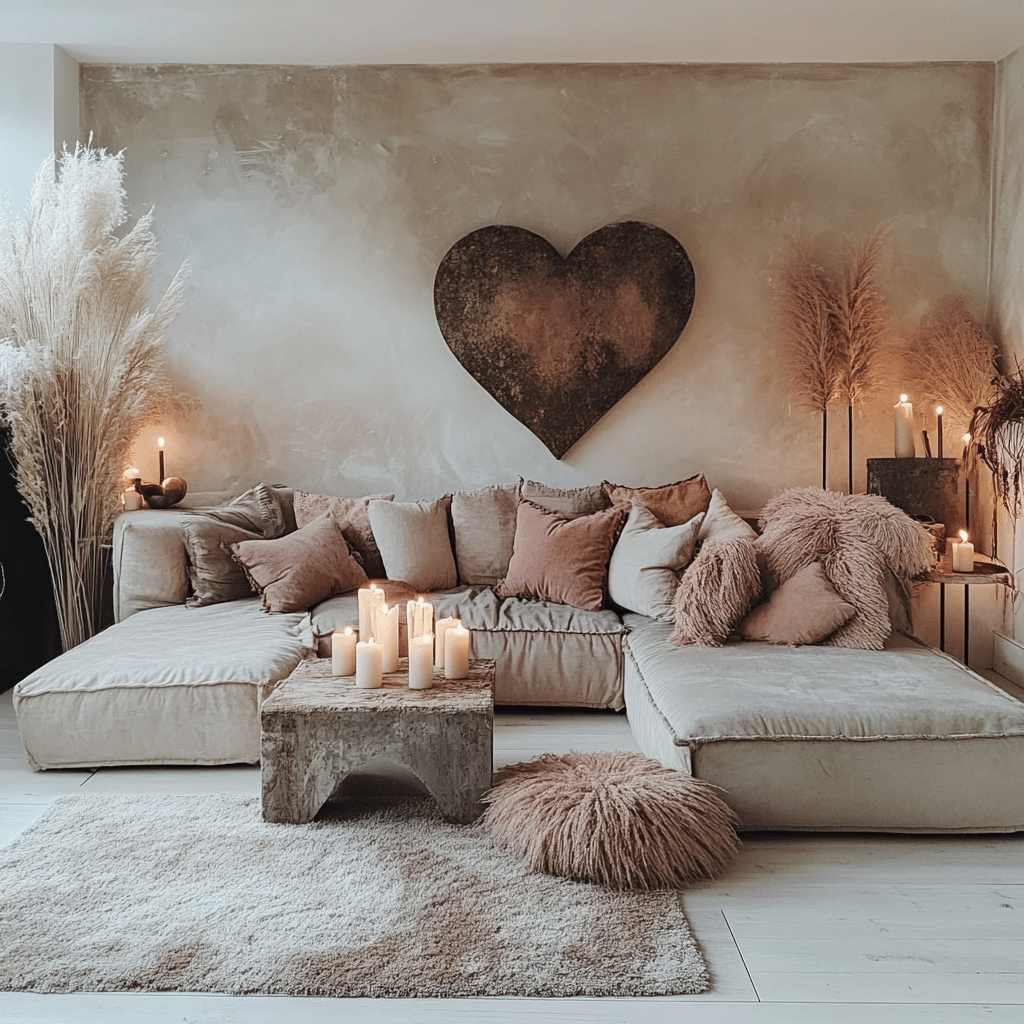
Sustainability and Mindfulness
Creating these displays has taught me about mindfulness and environmental responsibility. I always:
- Collect materials responsibly
- Use what nature has already discarded
- Avoid disturbing wildlife habitats
- Share extra materials with other crafters
Photography Tips
If you’re like me and love documenting your creations, here are some photography tips I’ve learned:
- Use natural light whenever possible
- Shoot from various angles
- Focus on interesting details
- Include some context in wider shots

Conclusion
Creating Valentine’s displays with natural elements has become one of my favorite ways to celebrate love while staying connected to nature. It’s a practice that combines creativity, mindfulness, and sustainability in a beautiful way. Whether you’re creating a romantic dinner setting or decorating your home for the season, remember that nature provides everything we need for stunning, meaningful displays.
The beauty of this approach lies in its simplicity and authenticity. Each stone, branch, and dried flower brings its own story to your space, creating displays that are both personally meaningful and visually striking. I encourage you to step outside, gather some natural treasures, and let your creativity flow. You might be surprised by the beautiful Valentine’s displays you can create with nature’s help.
Remember, there’s no right or wrong way to create these displays – what matters is that they speak to your heart and reflect your personal style. Happy creating!
If you love home decor and interior design as much as I do, check out these other articles I think you might like.
The Power of White Space in Valentine’s Decor: Less is More

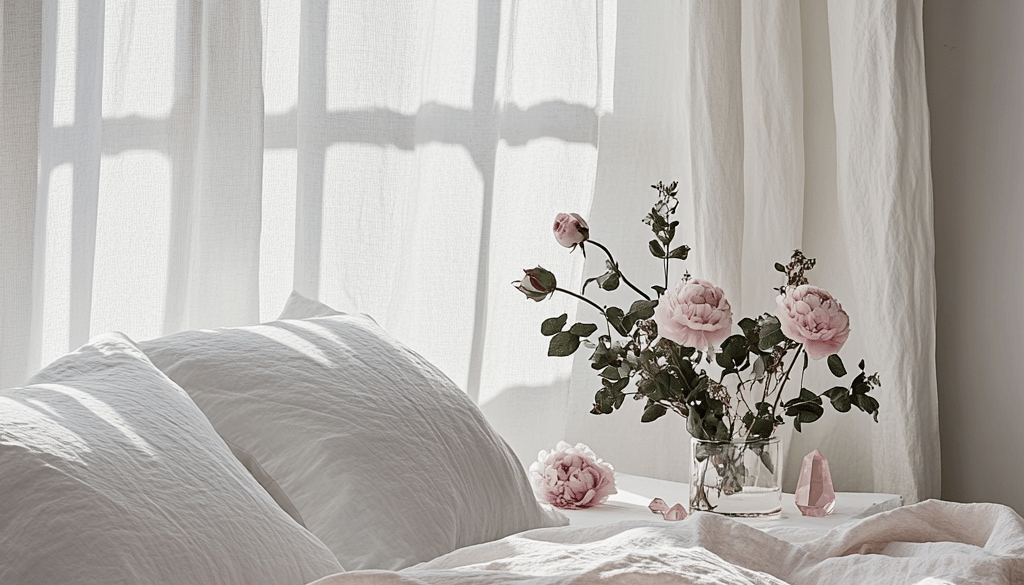
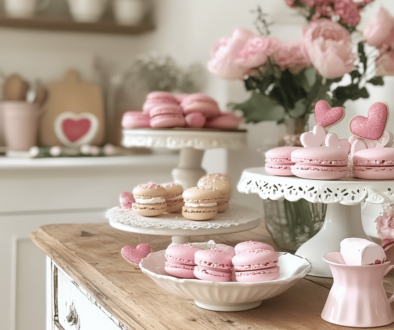
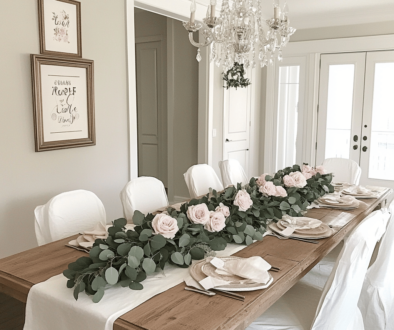
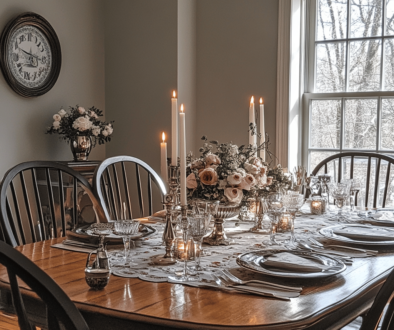
Weathered Wood and Romance: Rustic Valentine’s Decor
February 4, 2025 @ 12:55 pm
[…] Natural Elements in Valentine’s Design: Minimalist Displays […]
Creative Valentine Wreath Ideas to Show Your Love -
February 5, 2025 @ 1:53 pm
[…] Natural Elements in Valentine’s Design: Minimalist Displays […]
Transform Your Mantel into a Valentine’s Day Masterpiece
February 6, 2025 @ 1:42 pm
[…] Natural Elements in Valentine’s Design: Minimalist Displays […]
Creating the Perfect Valentine’s Day Table Setting
February 7, 2025 @ 1:12 pm
[…] Natural Elements in Valentine’s Design: Minimalist Displays […]
Blending Burlap and Lace for Rustic Romance Valentine Decor
February 8, 2025 @ 3:50 pm
[…] Natural Elements in Valentine’s Design: Minimalist Displays […]
Amazing Weathered Wood and Romance: Rustic Valentine's Decor
July 18, 2025 @ 2:15 am
[…] Natural Elements in Valentine’s Design: Minimalist Displays […]